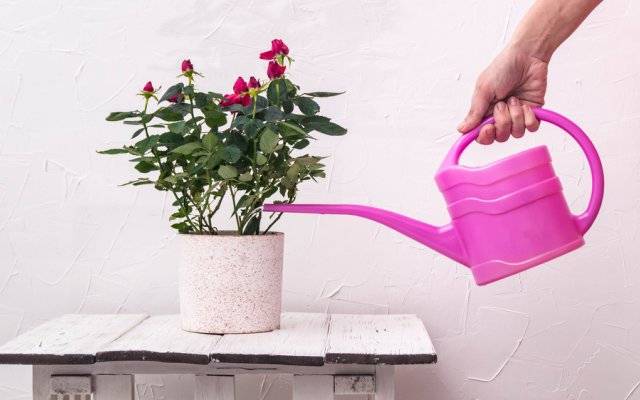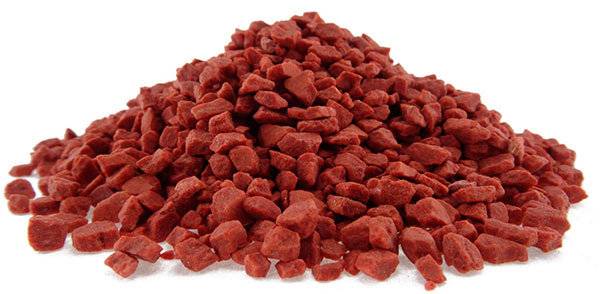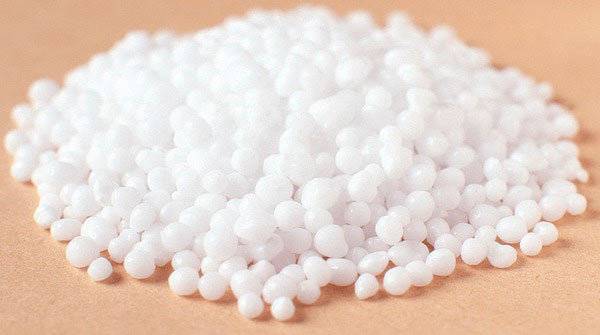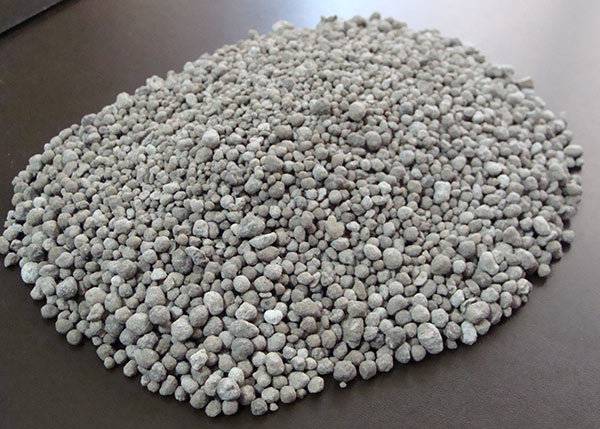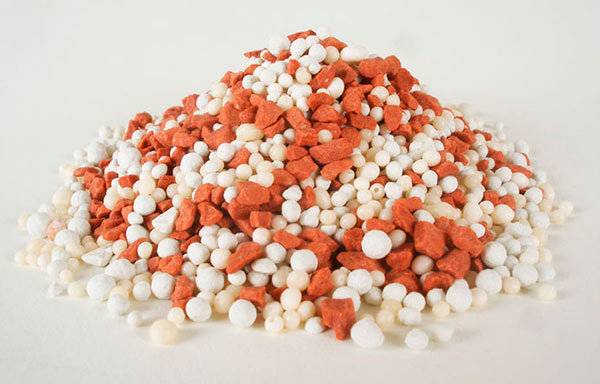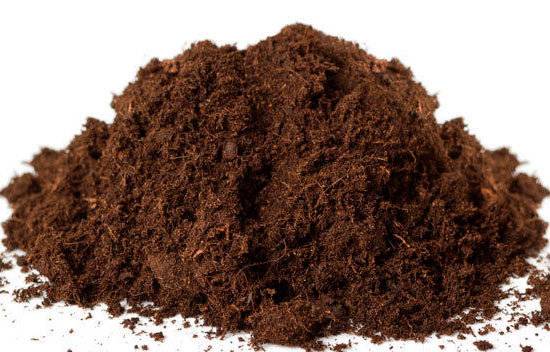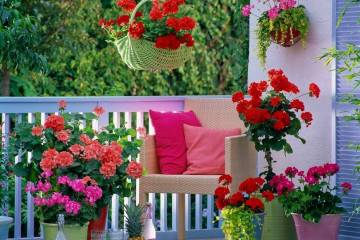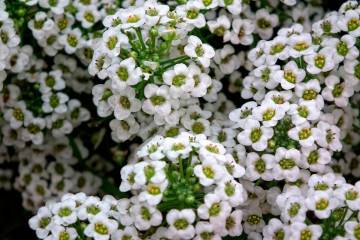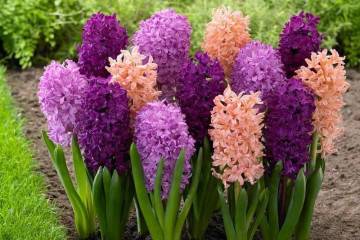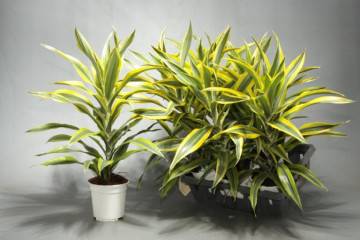How to water indoor flowers for rapid growth and abundant flowering
Content:
When growing house plants, you need to remember that they need regular fertilization. For this purpose, you can use purchased mineral dressings, organic matter or folk remedies to nourish plants with useful substances. When and how to water indoor flowers for rapid growth and abundant flowering is described in detail in this article.
When to feed and water indoor plants
Although plants need minerals for good growth, nevertheless, when feeding, it must be borne in mind that, depending on the time, different types of fertilizers can be used.
Spring and summer is the time when you need to feed all the flowers growing at home. An increase in the length of daylight hours promotes active growth and flowering.
The beginning of the growing season falls at the end of February or March. The exact time depends on the climatic and weather conditions of the region. For most plants, this period ends in autumn. Reducing daylight hours indicates to houseplants that a dormant period should come. This usually happens in October. Therefore, for most types of feeding, they end in September.
During late autumn and winter, it is necessary to observe whether the dormant time has come for a particular flower. If this is the case, then no additional fertilizing is made at the specified time.
However, a situation may arise when flowering continues in late autumn and winter. In this case, you can be sure that the rest time for this flower has not come, which means you need to continue to make fertilizing. It should be borne in mind that in this case, their intensity must be reduced. Plants in winter lose the ability to assimilate the same amount of fertilizers as in summer. If this is not followed, then home flowers can get burns from excessive feeding.
Fertilizers
Plant food is divided into two large groups: organic and mineral. The former are distinguished by the fact that they are formed naturally. The latter are made artificially, but have a more thoughtful, balanced and complex composition.
Mineral
It is known that indoor plants need fertilizing with phosphorus, potassium and nitrogen. Moreover, the latter contributes to a greater extent to the growth of the plant, and the first two so that the plants can bloom beautifully. However, this feeding alone will not be enough. In addition, it is required to feed the flowers with useful microelements. These include boron, manganese, iron, copper, sulfur and some others.
If a plant suffers from a lack of nutrients, this can often be determined by its appearance.However, it is better not to bring to such a situation, but to supply the plant with a full set of substances it needs.
Mineral fertilizers can be produced in various forms: powder, tablets, sticks, capsules or granules. They can have a different composition: be complex or contain a strictly defined set of nutrients. Sometimes they need to be diluted with water to use.
Organic
Rotted manure, compost, chicken droppings can be used. They will help to feed home flowers with useful substances. Some believe that ash can also be considered an organic fertilizer.
When using organic fertilizers, the flowers receive the nutrients they need, the properties of the soil improve - it becomes more permeable to water and air.
Some plants will not benefit from organic fertilizers. These include the following varieties:
- bulbous;
- variegated decorative deciduous.
Organic fertilizers produced on the basis of vermicompost can be purchased in specialized stores.
When using organic fertilizers in any way to feed indoor plants, you need to remember that they must be disinfected before applying. This should be done as follows:
- Calcined over an open fire.
- Then they are left for three weeks so that they regain their beneficial properties.
After that, the top dressing can be used for home flowers.
In order for organics to be as useful as possible for plants, it must be dissolved in water. In this case, it is necessary to adhere to the following proportions:
- when using mullein, manure or compost 1 tbsp. a spoonful of organic fertilizer is dissolved in a glass of water;
- how to water with chicken droppings: 1 teaspoon in a glass of water;
- wood ash take 3 tbsp. spoons in a glass of water.
This fertilizer is applied once a month. Water the plant before feeding.
Types by chemical composition
Although the main task of top dressing is to provide nutrition to the plants, nevertheless, they are also able to correct the acidity of the soil. That is, if the soil is too acidic, then a little alkaline fertilizer can be added to it, and it will become more neutral.
Alkaline
It makes sense to use these fertilizers when the soil needs to be made less acidic. They will not only feed the plant, but also make the land more comfortable. These properties are possessed by potassium and sodium nitrate.
Acidic
Some plants need acidified soil. In this case, acidic fertilizers will need to be used to adjust the pH. For these purposes, you can take ammonium chloride, ammonium sulfate, ammonium nitrate, urea, ammonium bicarbonate. If phosphate fertilizers are required, then superphosphate can be used as an acidic top dressing.
Neutral
If it is not necessary to change the acidity of the soil, then neutral fertilizing can be used. These include lime-ammonium nitrate.
Types by release form
Top dressing is available in various forms, each of them has its own characteristics that must be taken into account when using.
Liquid
Such dressings are produced in dry form, but they are intended to be diluted in water. These fertilizers can be quickly absorbed by plants, but their price is higher compared to dry dressings.
Granular
They are a substance in a coarsely dispersed form. This fraction is usually round in shape.
In the form of plates (tablets)
They are placed in the ground at the edge of the pot. This is done so as not to burn the root system. Such feeding has a long-term effect. To work on a plant, it must dissolve in the ground and spread throughout the pot. At the same time, trace elements dissolve in the soil unevenly and reach the plant only partially. Because of this, the dosage of the resulting top dressing is often lower than necessary.
Folk remedies for feeding and watering
There are top dressing that you can do yourself from improvised means. The following are the most popular options for how to feed home flowers with folk remedies.
Onion peel
Onion peels for indoor flowers are high in micronutrients. It is not only nutritious, but also improves the immunity of plants to various diseases.
For watering, it is necessary to prepare a nutrient composition. This is done as follows: take 25 g of onion husks and pour 1 liter of hot water over it. It is required to boil this composition over low heat under a lid for 8 minutes. After that, the composition is insisted for 3 hours. When it has completely cooled down, the infusion must be filtered. They are sprayed with the plant and the topsoil in which it grows.
Iodine and potassium permanganate
This substance is often used to protect flowers from fungal diseases.
When asked whether it is possible to water the flowers with potassium permanganate, the answer is yes. What will the use of potassium permanganate for indoor plants give:
- disinfection;
- destruction of pests;
- stimulating seed growth;
- application as top dressing.
To prepare the iodine composition, the required dose of the basic agent is 1-2 g per 1 liter of water.
Watering can only be done near the edge of the pot. Failure to do so may cause root burns. Correct watering with iodine solution is carried out once within 7-10 days, when it comes to supporting a weakened plant.
Watering once during the summer is usually sufficient for maintenance.
succinic acid
This acid is a product of natural amber processing. She is able to improve immunity, help plants absorb nutrients. This composition is not considered a fertilizer, but an auxiliary additive. Succinic acid is useful for soaking seeds when growing seedlings, stimulating root formation in cuttings.
Since the agent must be dissolved in water for use, it is applied by watering or spraying the leaves.
To prepare a solution of succinic acid, you need to dissolve the tablet in 1 liter of water. If succinic acid was purchased in the form of a powder, then in this case it is recommended to take 25 g and dissolve in 1 liter of water.
The sprouts are sprayed with the resulting solution, the seeds are moistened. Care must be taken to avoid waterlogging of the roots. Otherwise, bloom may form.
Young shoots are watered with this composition every three weeks.
The prepared solution cannot be stored for more than three days.
Aquarium water
It is pH neutral. Aquarium water contains a lot of nutrients. It is recommended to use it for plant nutrition from March to the end of June. This top dressing should be applied once a month.
Hydrogen peroxide
How to water indoor flowers with hydrogen peroxide? This can be used to support weakened plants. To prepare the nutritional composition, you need to stir 25 g of 3% peroxide in 1 liter of water.
Fertilizing with hydrogen peroxide is carried out as many times as necessary.This can be done by spraying or watering.
Saltpeter
For feeding, you can use calcium nitrate. It is necessary to dissolve 20 g of the substance in 1 liter of water. Top dressing is applied three times during the spring-summer period.
Ammonia
This product is a 10% ammonia solution. Ammonia is a colorless liquid with a characteristic unpleasant odor. The substance helps plants to replenish the lack of nitrogen. In addition, with the help of its use, you can fight insect pests not only in home flowers, but also in the garden.
Fertilization is an important part of home flower care. If feeding provides the plant with all the substances necessary for growth and development, then it will delight the grower with its full development and appearance. Taking care of home flowers, taking into account their characteristics, will ensure healthy, full-fledged development and long, abundant flowering.
